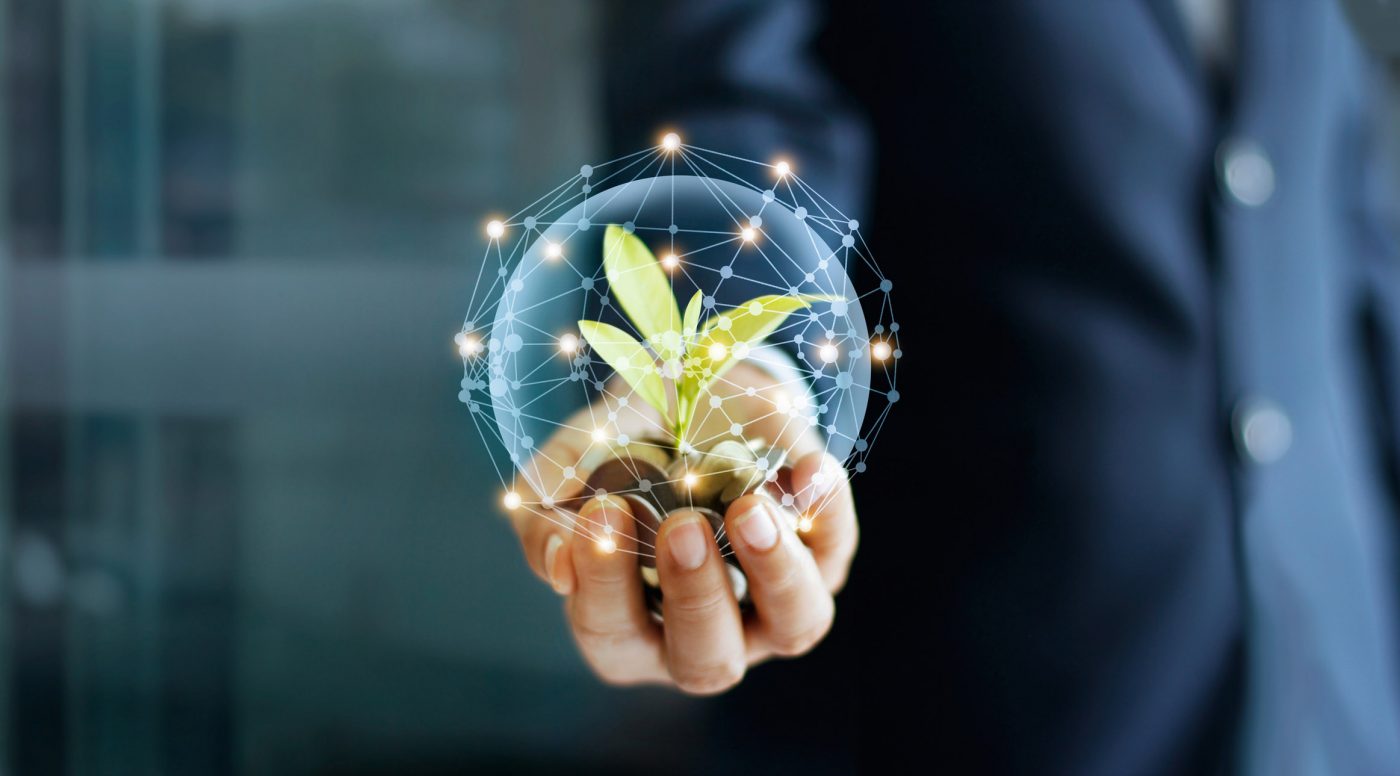The circular economy represents an alternative, more sustainable model to the traditional linear economy. A linear model follows the path of make, use, then dispose. In contrast, in a circular economy, we keep resources in use for as long as possible, extract the maximum value from them whilst in use, then recover and regenerate products and materials at the end of their service life, in essence we use the three R’s REDUCE, REUSE, RECYCLE. In practice, it implies reducing waste to a minimum, when a product reaches the end of its life, its materials are kept within the economy wherever possible. These can be productively used again and again, thereby creating further value by giving the scrap material a secondary use in Life.
The unique characteristics of plastics enable them to play a major role on the road to a more sustainable and resource efficient future. Lightweight, versatile and durable plastics can help save key resources such as energy and water in strategic sectors that include packaging, building and construction, automotive and renewable energy, to name but a few. In addition, plastics applications in packaging can help reduce food waste. However, to improve the circularity of plastics, it is essential to make sure that more and more plastic waste is recovered and doesn’t end up in landfill or in the environment.
The Syncro Group is always sensitive to environmental issues and works towards a sustainable and circular use of raw materials and energy, part of that Group is Plasmac a plastics recycling machinery supplier and Plasmac can help its customers to transform their industrial waste in to the raw materials to make useful objects with a secondary use in life.
Plasmac has been in the recycling industry for over 25 years and is part of the EREMA Group, the largest recycling machinery supplier in the world, and the Syncro Group of companies.

